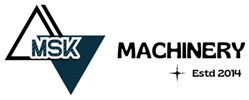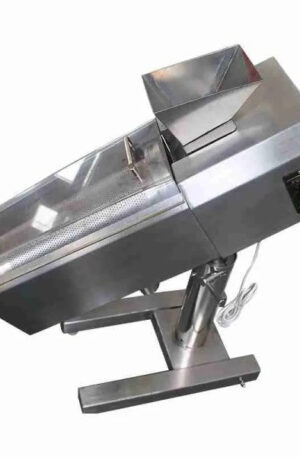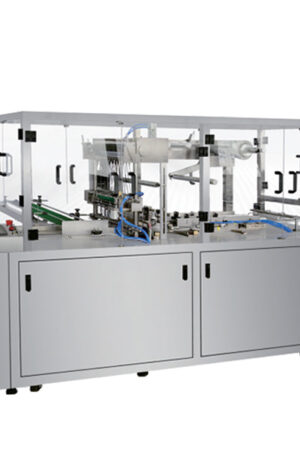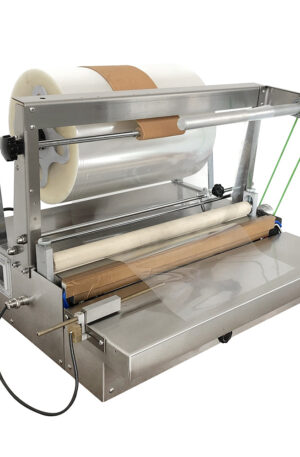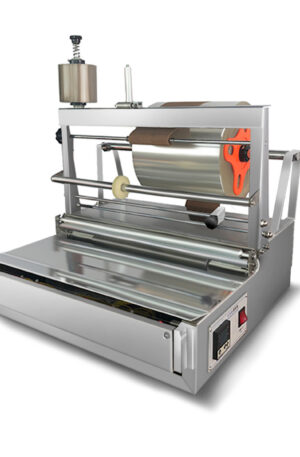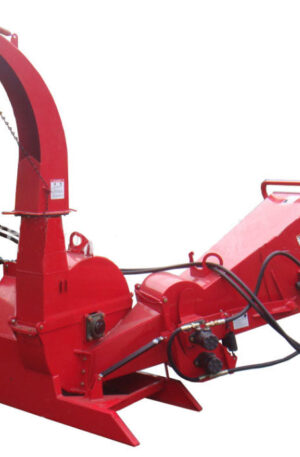Title: “The Evolution of Pharmaceutical Machinery: Enhancing Drug Manufacturing Efficiency”
In recent years, the pharmaceutical industry has witnessed significant advancements in the field of pharmaceutical machinery, particularly in the areas of table press machines and capsule filling machines. The introduction of technologies such as Tablet Compression Machines (TDP) and High-Speed Double Rotary Tableting Machines (THDP) has revolutionized drug manufacturing processes, increasing efficiency and quality control.
Table press machines, also known as tablet presses, are essential in the production of pharmaceutical tablets. These machines exert high pressure on powder formulations to form compact tablets of precise weight and dimensions. TDP machines, featuring both single and double rotary models, have become a mainstay in pharmaceutical production facilities due to their ability to produce large quantities of tablets with excellent uniformity and consistency. The automation of TDP machines has significantly reduced manual labor and minimized the risk of errors in tablet production.
On the other hand, capsule filling machines play a crucial role in encapsulating pharmaceutical formulations. These machines efficiently fill empty capsules with drug powders or granules, ensuring accurate dosages and uniformity in each capsule. The development of High-Speed Double Rotary Tableting Machines (THDP) has further elevated the efficiency of capsule filling processes. THDP machines can fill a high volume of capsules within a short period, meeting the demands of large-scale pharmaceutical production while maintaining product quality and integrity.
The integration of advanced technologies such as automated controls, real-time monitoring systems, and data analytics has optimized the performance of pharmaceutical machinery. Manufacturers are constantly improving machine design to enhance precision, speed, and reliability in drug manufacturing processes. Additionally, the incorporation of quality assurance features such as weight variation checks, hardness testing, and visual inspection systems has ensured compliance with regulatory standards and product consistency.
In conclusion, the evolution of pharmaceutical machinery, particularly in the realm of table press and capsule filling machines, has propelled drug manufacturing to new heights of efficiency and quality. The introduction of innovative technologies such as TDP and THDP machines has streamlined production processes, reduced manual intervention, and improved overall product quality. With continuous advancements in pharmaceutical machinery, the industry is poised to meet the growing demands for safe and effective pharmaceutical products on a global scale.
